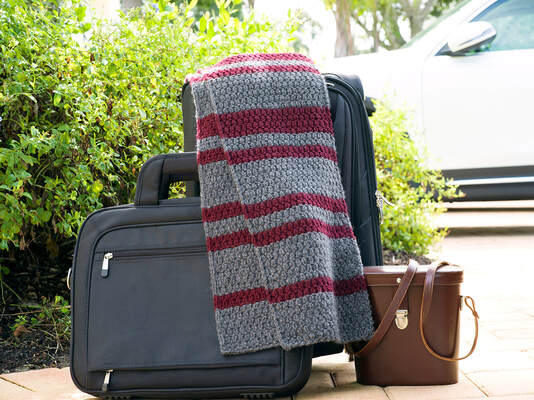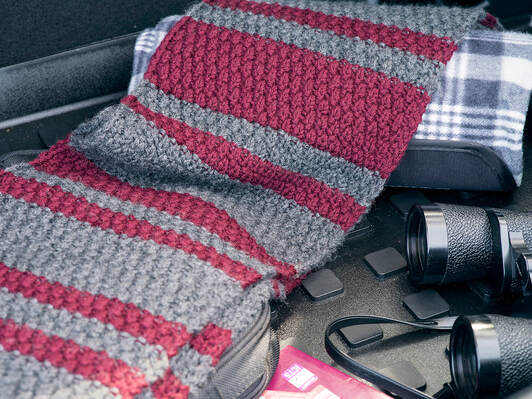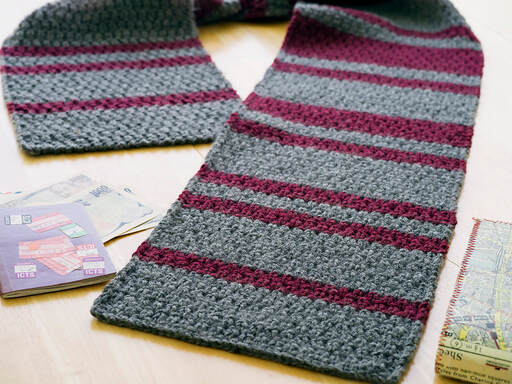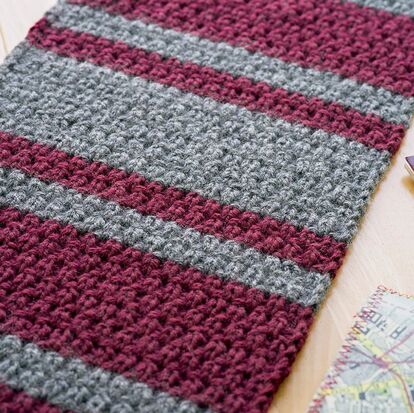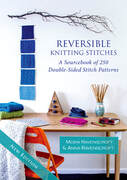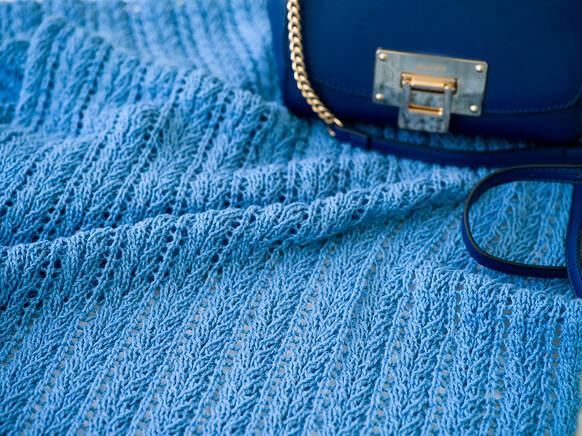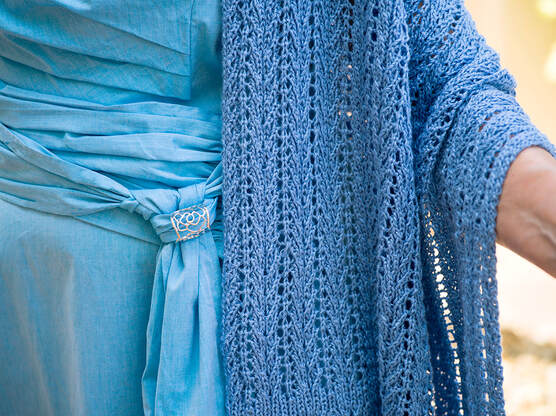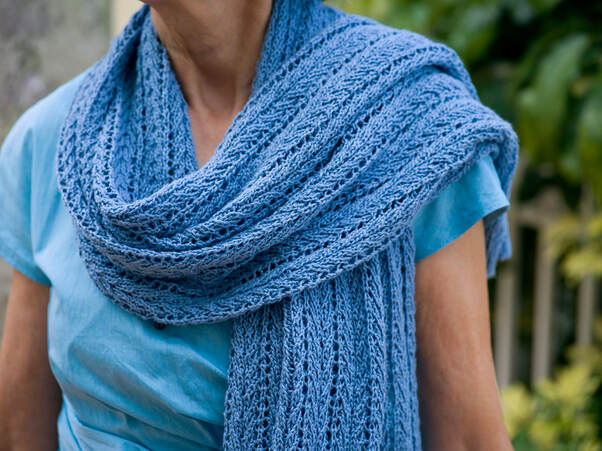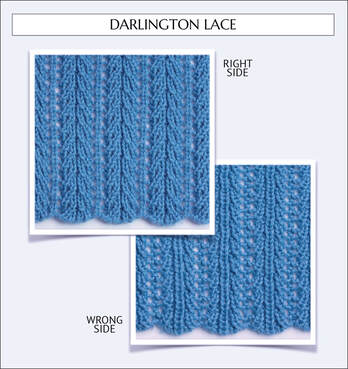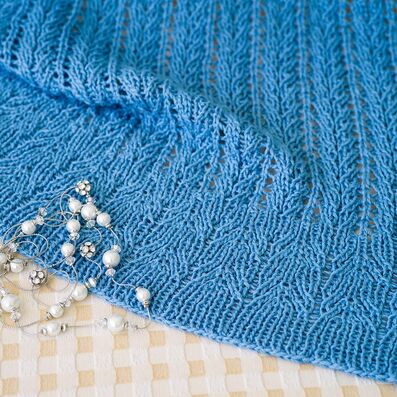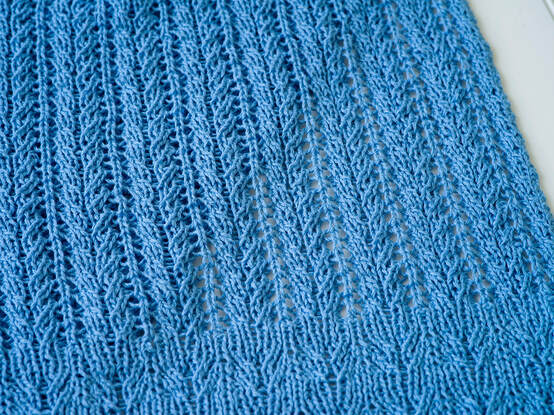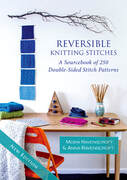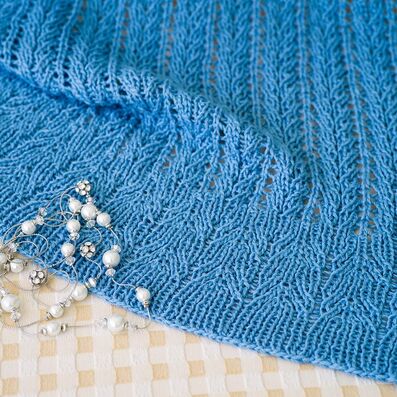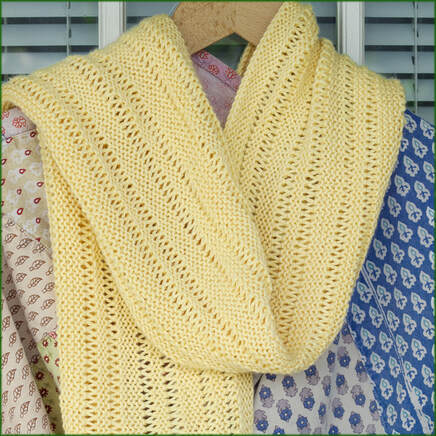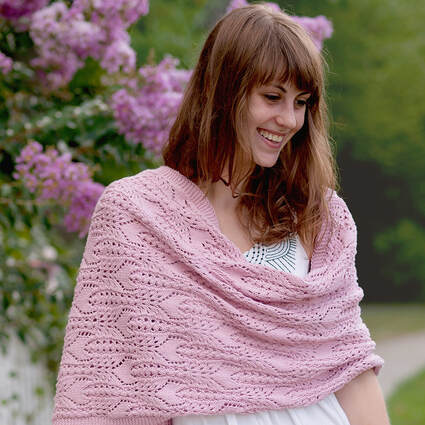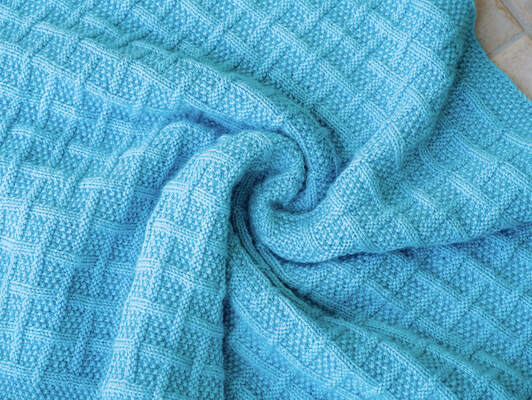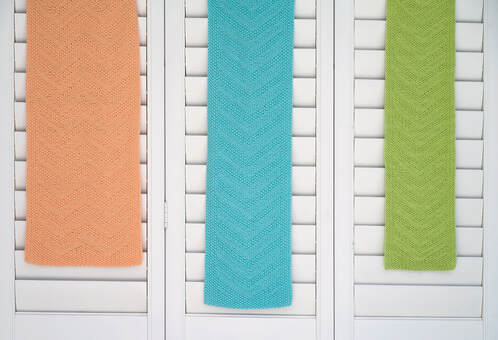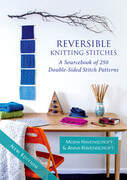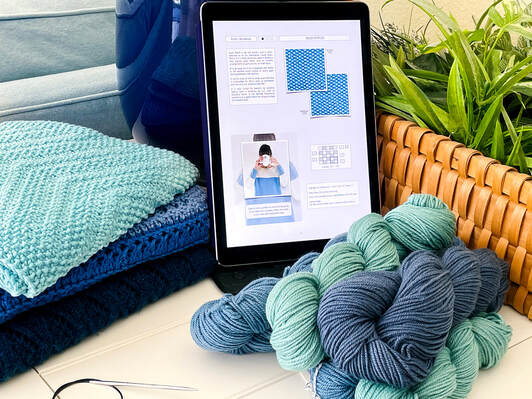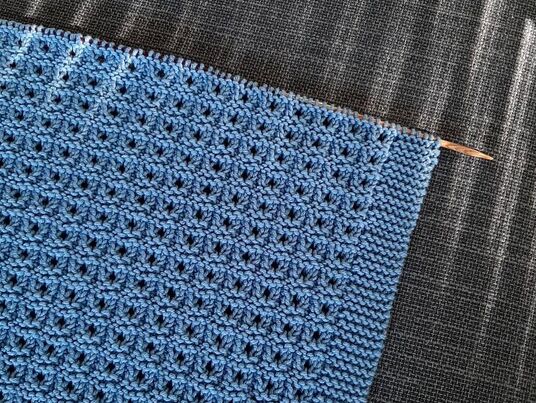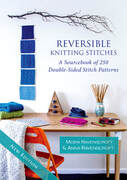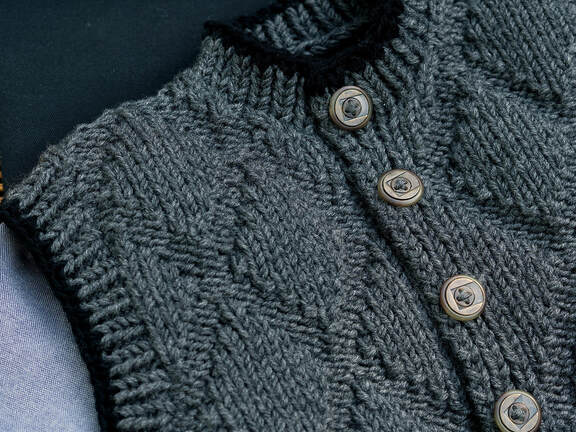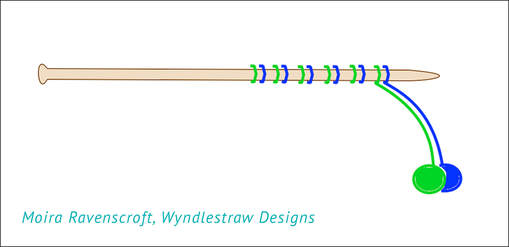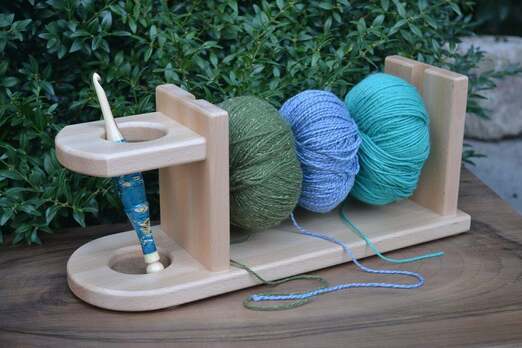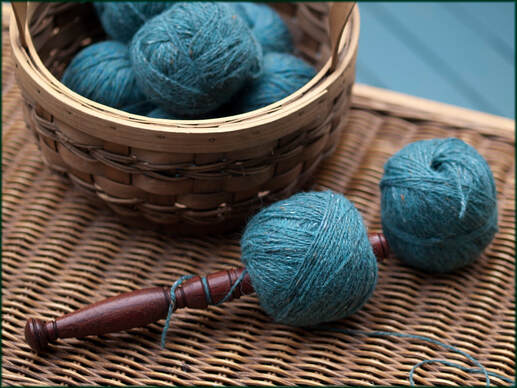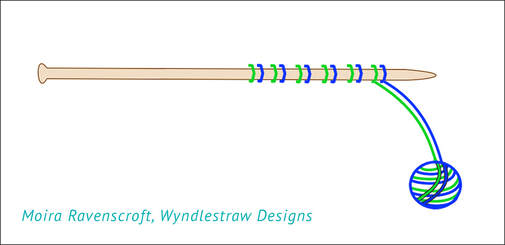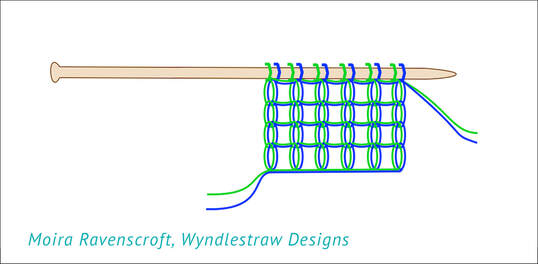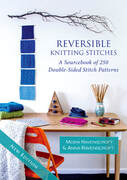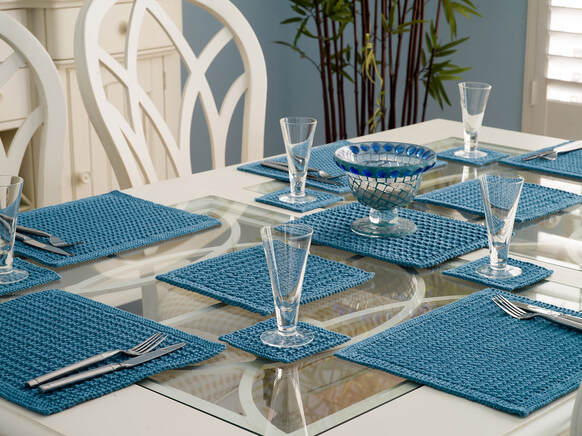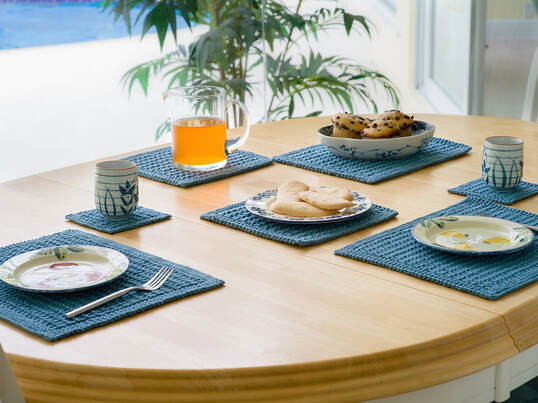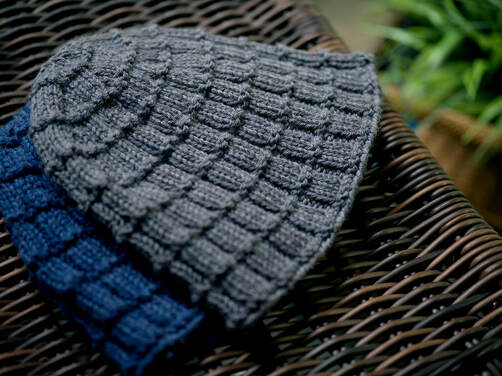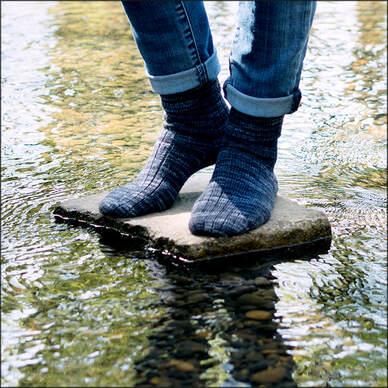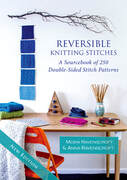It is so good to be finally able to think about winter travels.... After so many months at home, the idea of donning a thick winter sweater and heading for the hills is blissful.
As a knitter, I have found this quite inspiring as there's not a lot of need for winter woollies in Florida! However, the mere thought of biting northerly winds has made me dig out my needles and yarn.
However, before I started with any of my own knitting I remembered that my husband, Tim, has been asking for a new scarf for ages. I had a look in the yarn stores and found a wonderful soft mid-grey to contrast with a deep wine-red – his favourite colours!
This is Cascade 220 Sport, which is a lovely soft 100% wool yarn. The red is called Burgundy and the grey is Charcoal Grey. The combination gave the perfect degree of contrast for the striped design I had in mind.
As a knitter, I have found this quite inspiring as there's not a lot of need for winter woollies in Florida! However, the mere thought of biting northerly winds has made me dig out my needles and yarn.
However, before I started with any of my own knitting I remembered that my husband, Tim, has been asking for a new scarf for ages. I had a look in the yarn stores and found a wonderful soft mid-grey to contrast with a deep wine-red – his favourite colours!
This is Cascade 220 Sport, which is a lovely soft 100% wool yarn. The red is called Burgundy and the grey is Charcoal Grey. The combination gave the perfect degree of contrast for the striped design I had in mind.
I also wanted the scarf to be squishy and warm, so I opted for using two ends of a thinner yarn together rather than one thicker one. I am finding that is almost my go-to method these days. I love the way this builds extra warmth into a scarf or hat plus also opening up the possibilities of using a single strand for a matching pair of gloves.
If you would like to read more about the delights of working with two ends of yarn held together, then please have a look at my "Seeing Double" blogpost series from earlier this year here.
If you would like to read more about the delights of working with two ends of yarn held together, then please have a look at my "Seeing Double" blogpost series from earlier this year here.
For the scarf I wanted a reversible stitch with a lot of texture and character, so selected Granite Stitch from our Reversible Knitting Stitches book. This is an easy stitch to work but has such an interesting texture and depth.
You will probably have seen me mention before in my blogposts that reversible stitches tend to lay flat, but this one is exceptional in that even the edges are firm and do not roll. This means that I could run the pattern right to the edges for a very modern look.
That also makes it easier to work, of course, because there is no border to be worked at either edge. In fact the only stitch that has to be worked differently is the very end selvedge stitch! This makes the pattern good for working on while you are travelling or when you are with other people in a group on holiday get-togethers.
You will probably have seen me mention before in my blogposts that reversible stitches tend to lay flat, but this one is exceptional in that even the edges are firm and do not roll. This means that I could run the pattern right to the edges for a very modern look.
That also makes it easier to work, of course, because there is no border to be worked at either edge. In fact the only stitch that has to be worked differently is the very end selvedge stitch! This makes the pattern good for working on while you are travelling or when you are with other people in a group on holiday get-togethers.
I designed the scarf with a graduated stripe pattern, so that the scarf ends are worked with a lighter stripe effect and then the strong wine-red colour bands increase in density towards the centre. This central thick-and-thin banded repeat brings a strong colour focus to the neckline fold or wrap, framing the face and adding extra interest to the central neck area.
The finished scarf as shown here is 23cm/9 ins wide and 183cm/72 ins long, so is a good length for wrapping around the neck. However, I have also included instructions for two other sizes in the pattern:
To read more information about the new Petersfield Scarf knitting pattern please click here. It is available for instant download from the site so you'll be able to start your knitting straight away.
I hope you are able to travel or get together with your families this winter – complete with needles and yarn to knit your next winter scarf!
Until next time – Happy knitting!
Moira
The finished scarf as shown here is 23cm/9 ins wide and 183cm/72 ins long, so is a good length for wrapping around the neck. However, I have also included instructions for two other sizes in the pattern:
- a shorter slimmer scarf: 20cm/8 ins wide x 156cm/62 ins long,
- and a larger one: 25cm/10 ins wide x 183cm/72 ins long.
To read more information about the new Petersfield Scarf knitting pattern please click here. It is available for instant download from the site so you'll be able to start your knitting straight away.
I hope you are able to travel or get together with your families this winter – complete with needles and yarn to knit your next winter scarf!
Until next time – Happy knitting!
Moira
Last Blogpost: New Pattern – the Darlington Lace Scarf & Wrap Next Up: Knitting for the change in seasons Our book: Reversible Knitting Stitches My Website: www.wyndlestrawdesigns.com |
Keywords: Patterns/Mens Patterns,
scarf, scarves, reversible scarf, knitted scarf, reversible knitting, reversible stitches,
scarf, scarves, reversible scarf, knitted scarf, reversible knitting, reversible stitches,
